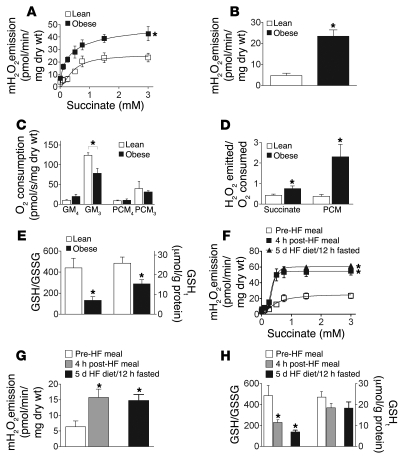Figure 5. Mitochondrial H2O2 emission is higher in human obese males and acutely increases in lean males following a high-fat meal.
(A and B) Mitochondrial H2O2 emission in permeabilized fibers prepared from vastus lateralis of obese and lean human males during state 4 respiration (10 μg/ml oligomycin) supported by (A) succinate (as described in Figure 1) or (B) palmitoylcarnitine (25 μM) and malate (2 mM). (C) O2 consumption rate determined from parallel experiments during glutamate/malate- or palmitoylcarnitine/malate-supported basal state 4 (GM4, PCM4) and maximal ADP-stimulated (2 mM) state 3 (GM3, PCM3) respiration. (D) Ratio of H2O2 emitted to O2 consumed under state 4 conditions. (E) GSH/GSSG ratio and GSHt in skeletal muscle from lean verses obese subjects. (F and G) High-fat diet increases mitochondrial H2O2 emission in lean males. Mitochondrial H2O2 emission measured during (F) succinate- and (G) palmitoylcarnitine-supported state 4 respiration (10 μg/ml oligomycin) in permeabilized fibers prepared from lean males before (10-hour fasted) and 4 hours after a high-fat meal and after 5 days on a high-fat diet (10-hour fasted). (H) GSH/GSSG ratio and muscle GSHt in lean males in response to both acute and 5-day lipid ingestion. Data represent mean ± SEM; n = 5–9; *P < 0.05 vs. lean or fasted male (control) for that respective experiment.

